Every woodworker should have a set of essential carpentry tools to ensure their projects are executed with precision and efficiency. A reliable circular saw, a versatile tape measure, and a high-quality chisel are indispensable items in any woodworker’s toolkit. These tools form the foundation for crafting beautiful and functional woodworking projects, making them must-haves for both beginners and experienced craftsmen alike.
In the world of woodworking, having the right tools is paramount. They are not just tools; they are the key to enhancing your woodworking skills and achieving better project outcomes. In this guide, we’ll explore the essential carpentry tools every woodworker should own and how they can elevate your craftsmanship. Whether you’re a beginner or a seasoned pro, let’s start your journey towards mastering your craft with the right tools.

1. Measuring and Marking Tools
Accurate measurements are the cornerstone of successful carpentry. They form the foundation upon which all other tasks in woodworking are built. These tools are indispensable for ensuring that your cuts are precise, your joints are tight, and your final piece is structurally sound.
Tape measures are versatile tools that come in various lengths, making them suitable for both small-scale and large-scale projects. When selecting a tape measure, opt for one with a sturdy blade that retracts smoothly and offers clear, easy-to-read markings. A reliable square is essential for ensuring right angles, and levels help maintain balance and straight lines. Look for squares with accurate angles and levels with a bubble indicator that settles quickly.
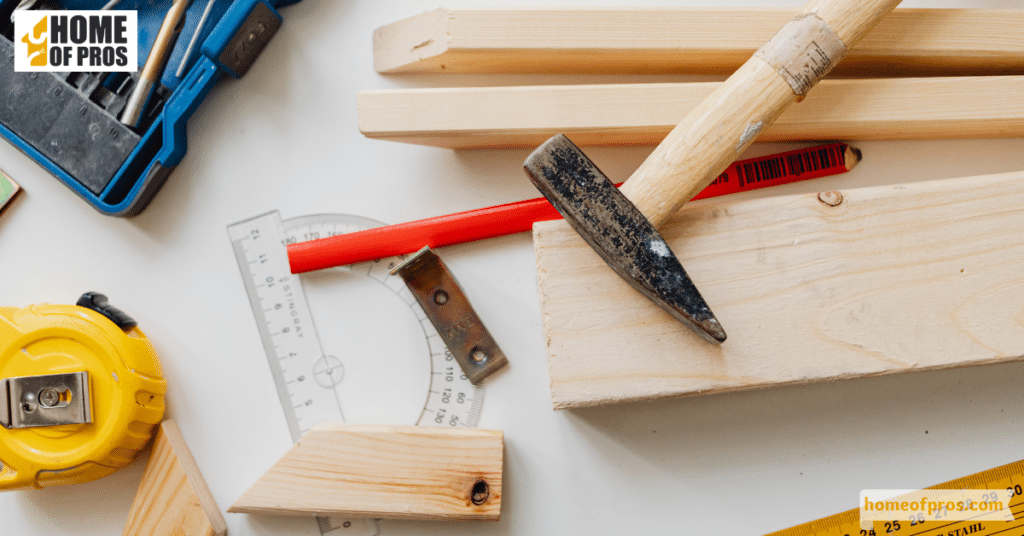
2. Cutting Tools
Cutting tools are the workhorses of carpentry, enabling you to transform raw lumber into the shapes you desire. Understanding their capabilities and knowing when to use them is essential for crafting precise and aesthetically pleasing projects.
Circular saws are versatile power tools known for their ability to make straight cuts effortlessly. Hand saws, on the other hand, offer the control and finesse needed for intricate and detailed work. Jigsaws provide the flexibility to make curved or irregular cuts. When choosing a blade for your cutting tool, consider the type of material you’re working with, as well as the desired finish. Keep your blades clean and sharp, as this not only ensures cleaner cuts but also extends their lifespan. Proper storage in a dry place can also prevent rust and damage.
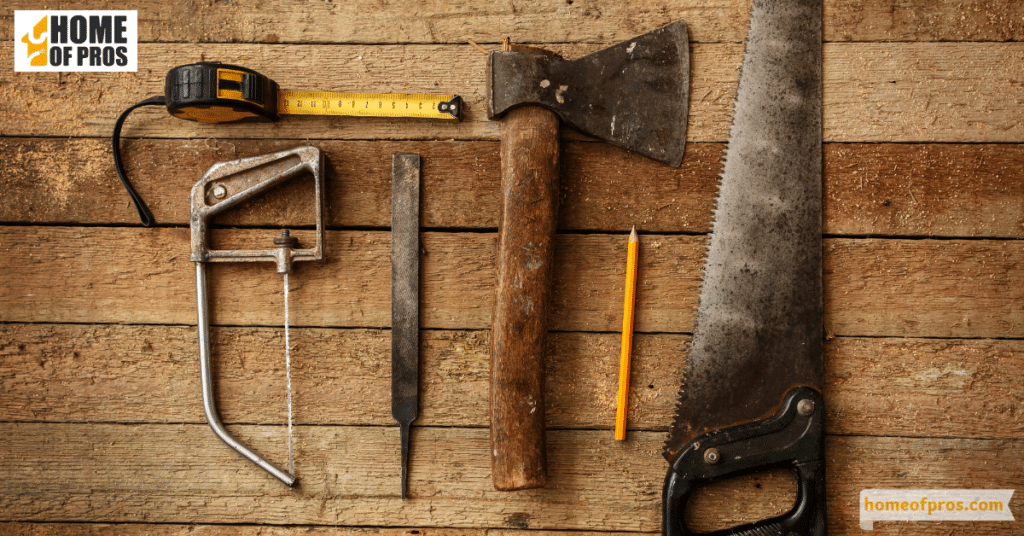
3. Shaping and Joinery Tools
Shaping and joinery tools are the artisans’ instruments in woodworking, allowing craftsmen to create intricate designs and strong, seamless joints.
Chisels are invaluable for carving out recesses, detailing, and achieving fine finishes. Planes are used to smooth and flatten surfaces, making them indispensable for achieving a polished look. Routers are versatile tools for shaping edges and creating grooves, dovetails, and decorative profiles.
However, using these tools requires precision and care. When using chisels, wear safety goggles and work in a controlled manner to prevent accidents. Sharpen your chisels and plane blades regularly to maintain their cutting edge. Learn the proper techniques for each tool to ensure both safety and precision in your woodworking projects.
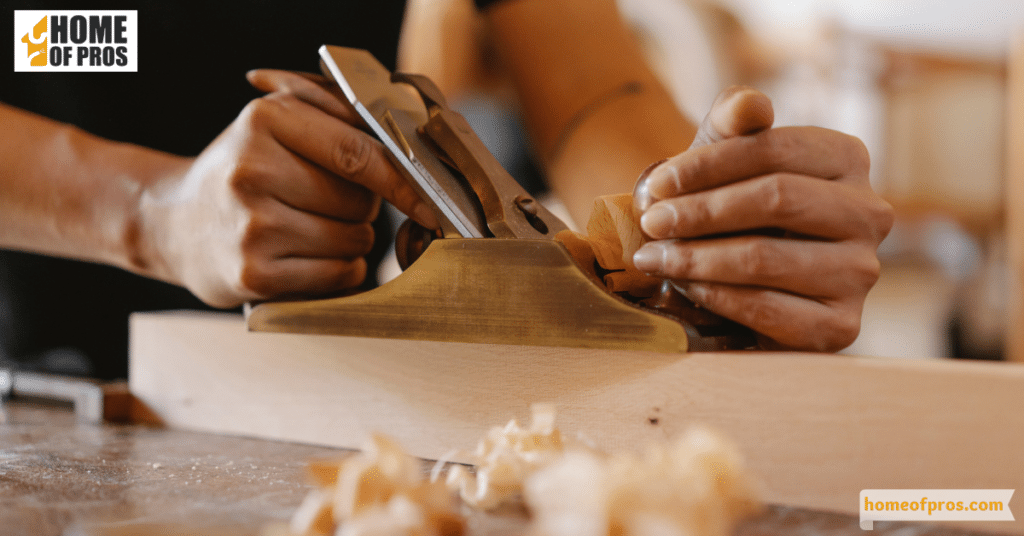
3. Fastening and Assembly Tools
Fasteners and assembly tools are the glue that holds your woodworking projects together. They encompass a wide range of hardware, from nails and screws to clamps and power tools.
Fasteners, such as nails and screws, are chosen based on the material and purpose of your project. Select the appropriate size and type to ensure structural integrity. Power drills, drivers, and impact wrenches make the assembly process efficient and less labor-intensive.
Power tools should match the demands of your project, whether you’re drilling holes, driving screws, or tightening bolts. Safety should always be a top priority when working with power tools. Ensure you wear safety glasses and hearing protection to safeguard against flying debris and excessive noise.
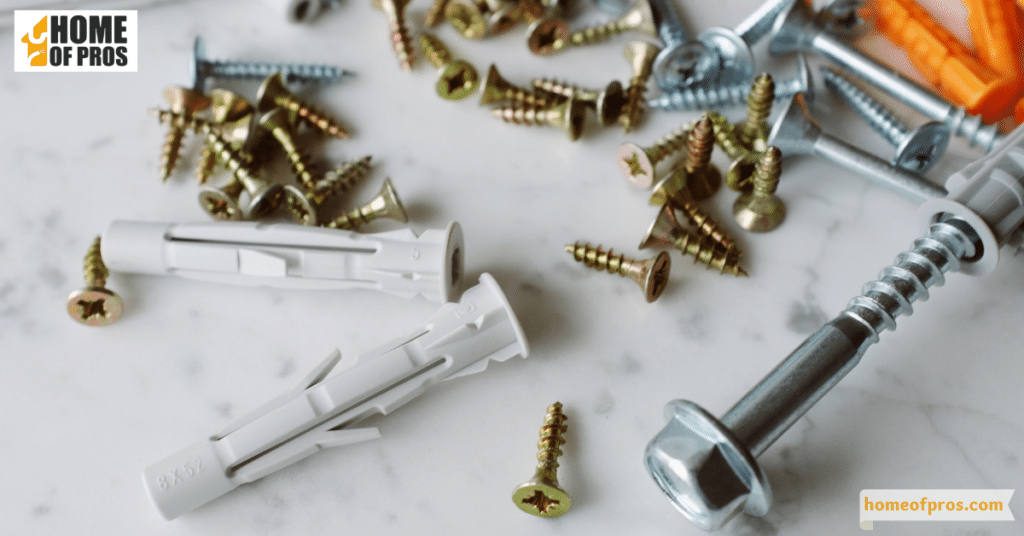
4. Safety Gear
Safety gear is the first line of defense against potential hazards in woodworking. It provides protection from various risks, including eye injuries, respiratory issues, and hearing damage.
Safety glasses are crucial for safeguarding your eyes from flying wood chips, sawdust, and debris. Dust masks protect your lungs from inhaling harmful particles released during woodworking, reducing the risk of long-term health issues. Hearing protection shields your ears from the noise generated by power tools, preserving your hearing over time.
Wearing this essential safety gear is non-negotiable in woodworking. It’s not only about compliance but also your well-being. Always make sure you have these items on hand and use them whenever you engage in woodworking activities to minimize the risk of injury or health problems down the line.
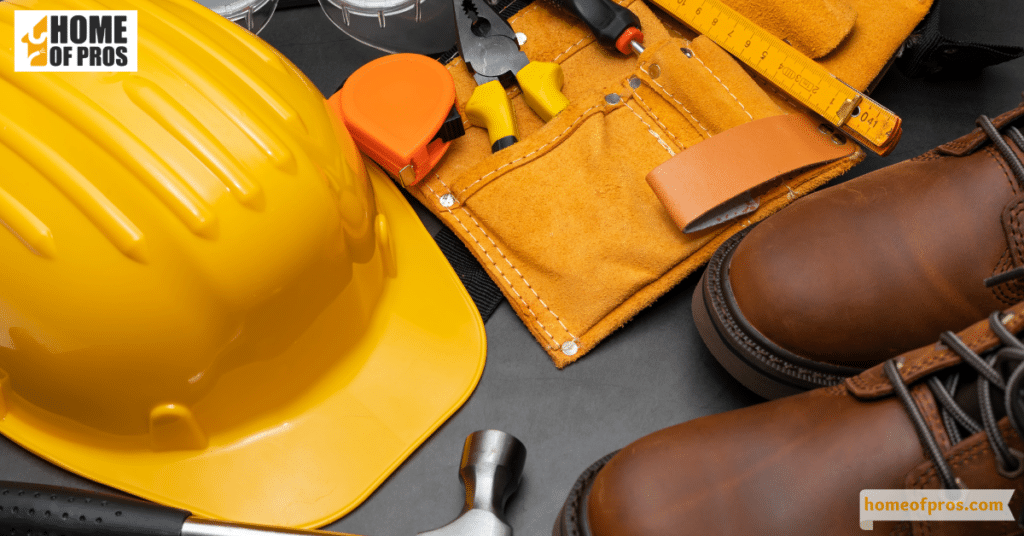
5. Maintenance and Storage
Maintaining your carpentry tools is crucial for their longevity and consistent performance. Proper care ensures that your tools remain reliable project after project.
Regular maintenance involves cleaning and oiling metal parts to prevent rust and reduce friction. Keep your blades sharp by honing and sharpening them as needed. Dull blades not only result in subpar cuts but also increase the risk of accidents.
Equally important is the proper storage of your tools. Hanging them on a pegboard or storing them in a well-organized toolbox helps prevent damage, such as nicks, chips, or corrosion. Ensure your tools are stored in a dry environment to prevent rust. By dedicating time to maintenance and using effective storage methods, you’ll extend the life of your tools and maintain their efficiency, saving you both time and money in the long run.

In conclusion
The world of woodworking is a realm where creativity and craftsmanship converge, and the right tools are your trusted companions on this journey. We’ve explored the essential carpentry tools that every woodworker should own, and how these tools are not just instruments but enablers of precision, efficiency, and artistry.
Accurate measuring and marking tools ensure that your projects start on the right foot, with precise dimensions and angles. Cutting tools, be they hand or power tools, give life to your designs by transforming raw materials into works of art. Shaping and joinery tools grant you the power to create intricate details and seamless joints that stand the test of time.











